Get back on the road again…
Willy Nelson, the legendary American country western singer, once sang, “On the road again, just can’t wait to get back on the road again…”. Julie and I knew exactly how he felt. The good people of New South Wales, having been double-vaxxed at 80% of the eligible population, were released from our nearly four month lockdown and allowed to explore our great state. We wasted no time packing up the ever-patient Wanda and headed straight for one of our favourite playgrounds, Kosciusko National Park.
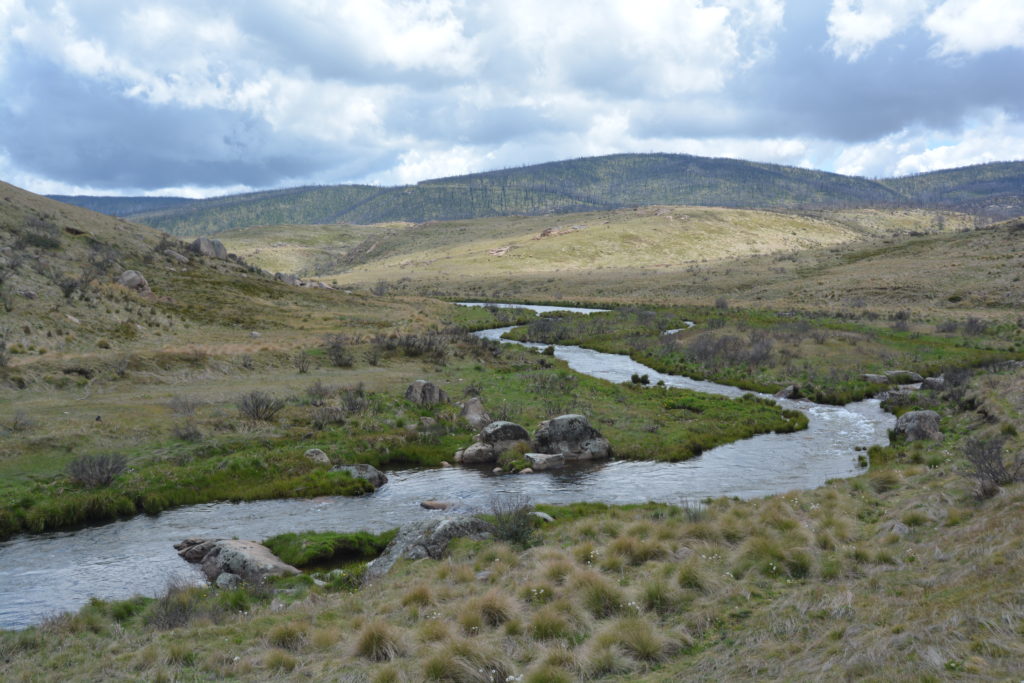
Kosciusko National Park, named after Australia’s highest peak of the same name, is the largest park in NSW and the most visited by a huge margin. It is home to Australia’s highest and most extensive mountain range, all of the state’s ski resorts, countless alpine streams and rivers, gorgeous high country scenery, many thousands of brumbies, countless kangaroos and beautiful snow gums amongst a long list of flora and fauna. If you want to see the best Australia has to offer without beaches and desert then Kosciusko is the place to be.
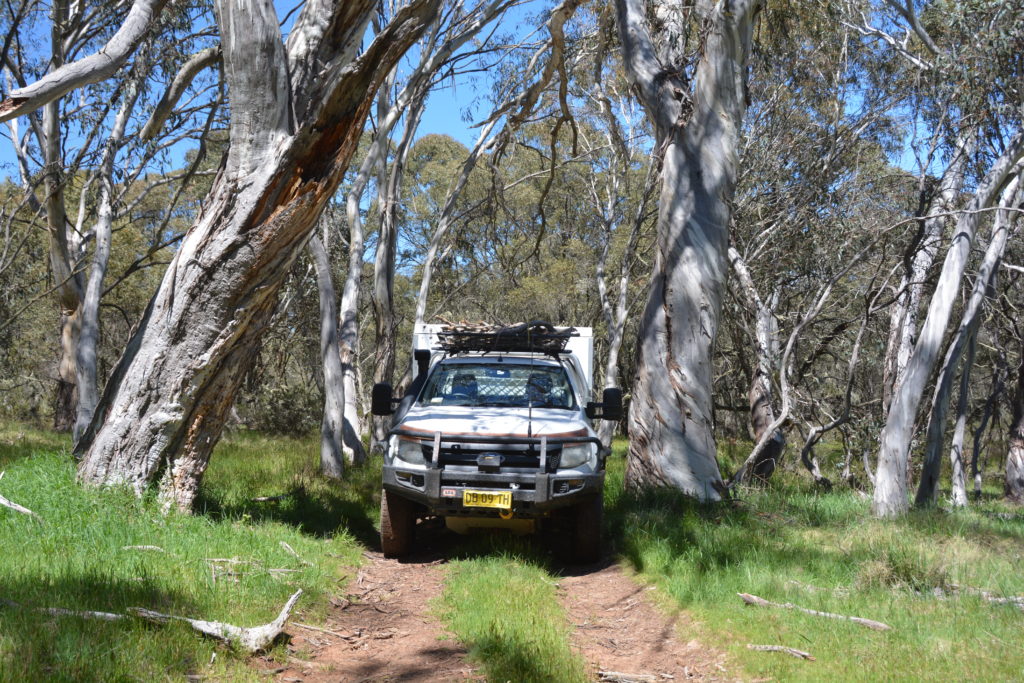
The park covers an extensive area and has many distinct sections. Since we only had five days we narrowed our scope to the northern stretches of the park around Mt. Selwyn, the Tantangara Reservoir and the area known as Long Plain. We explored the old gold mining area of Kiandra and camped our first night at 1,500 metres (almost 5,000 feet) on the banks of Three Mile Dam near Mt. Selwyn. The dam was originally built in the 1880’s to provide water to the nearby gold prospectors, and we revelled in the stunning sunset over the water and the brilliant canopy of stars. We were back in our sweet spot.
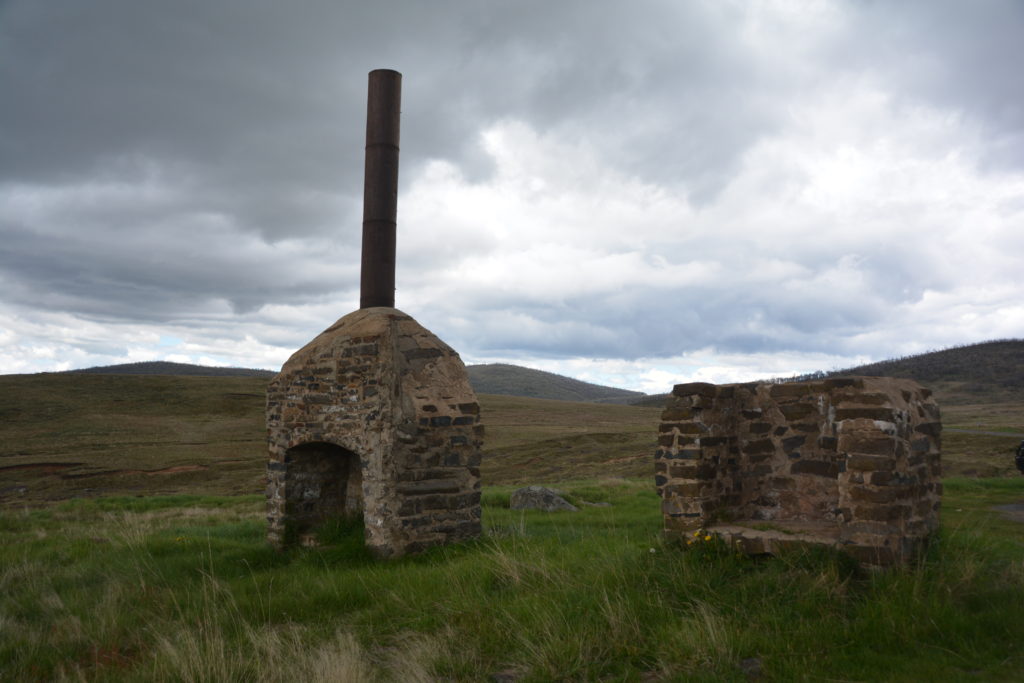
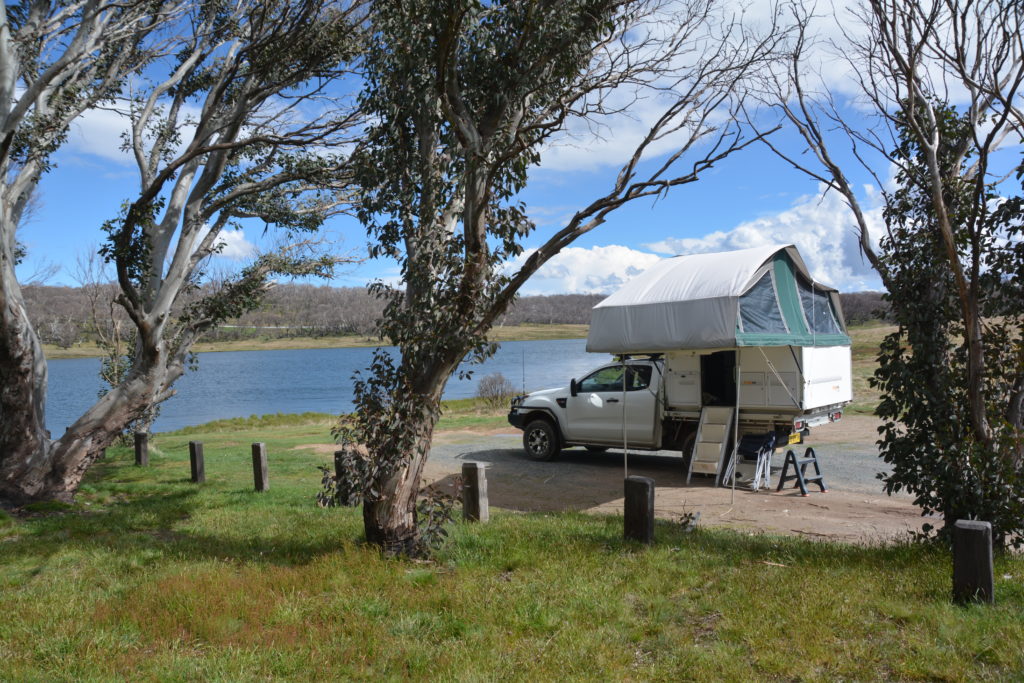
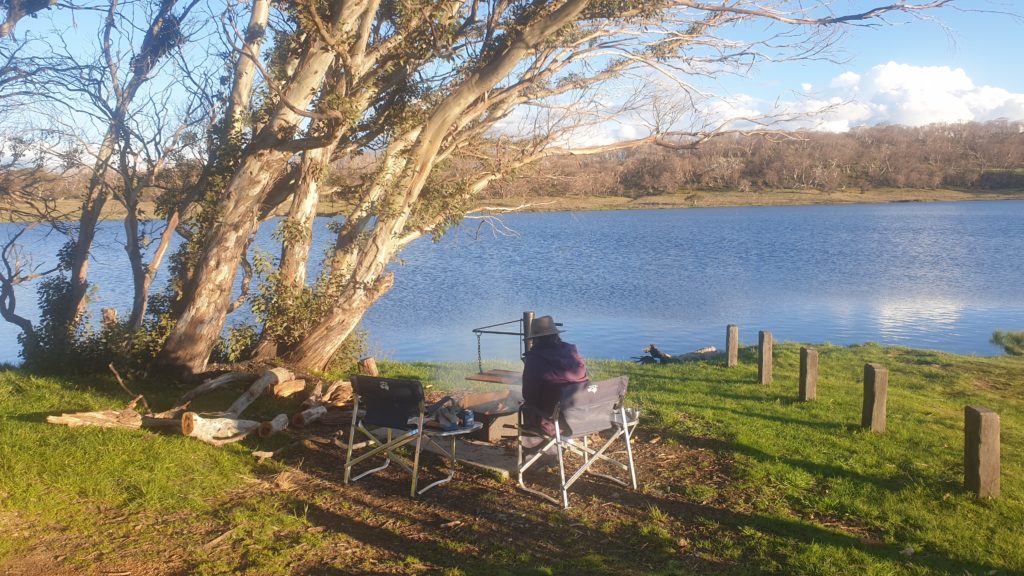
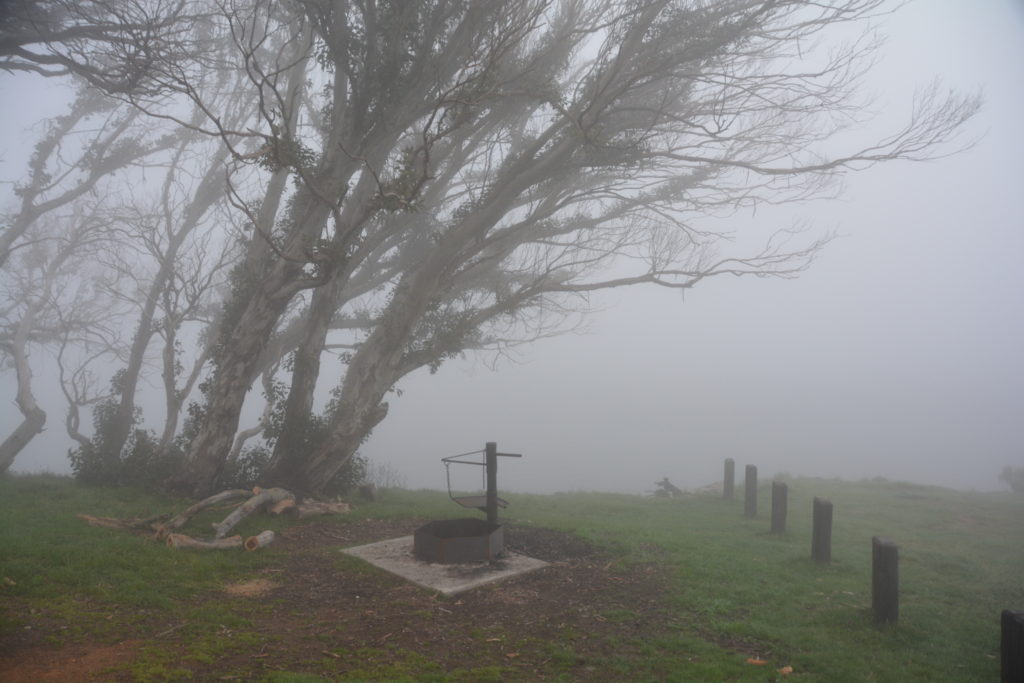
But the Mt. Selwyn area was smashed by the fires of 2019/2020 and all of the area’s visitors’ infrastructure, including the walking trails and Mt. Selwyn ski resort, was completely destroyed. Even the nearby town of Cabramurra was hit so hard that it still hasn’t opened back up to visitors. We explored the tracks and fire trails of the area, saddened by the total destruction of this expansive forest of snow gums but heartened by the little signs of life as the bush fights back.
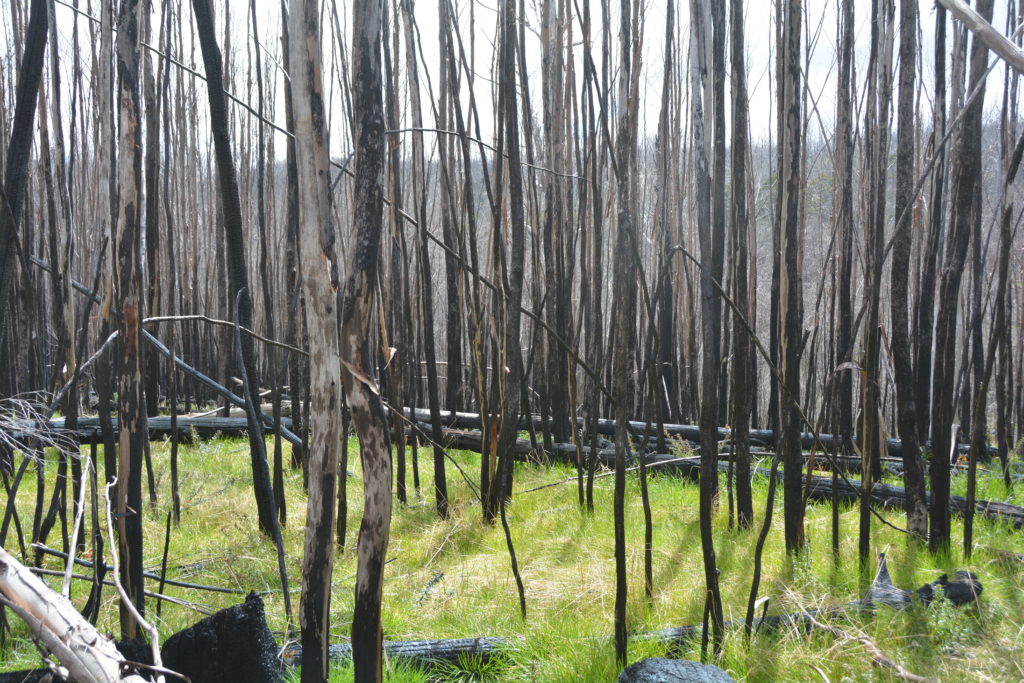
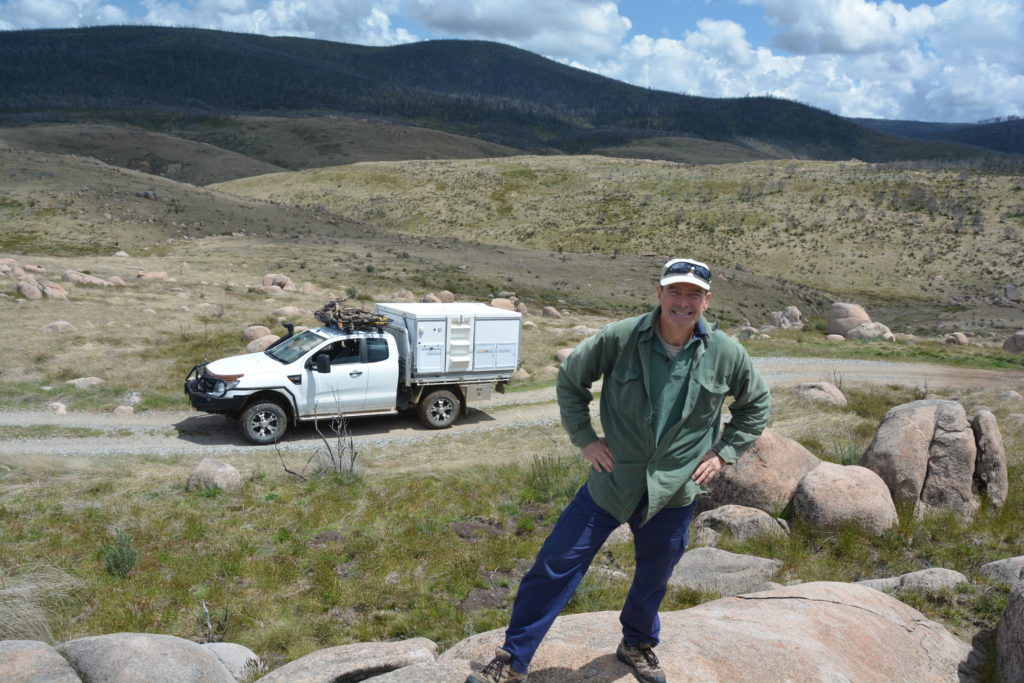
We made our way to the huge Tantangara Reservoir which temporarily catches the water of the Murrumbidgee River before allowing it to continue to weave its way through the Snowy Mountains. The fire did not reach into these back valleys and after a fabulous drive past the long reservoir and into the hidden northern corners of the park we camped in a clear meadow called Old Snowy Campground amongst a mob of curious kangaroos, surrounded by gorgeous Australian high alpine forest.
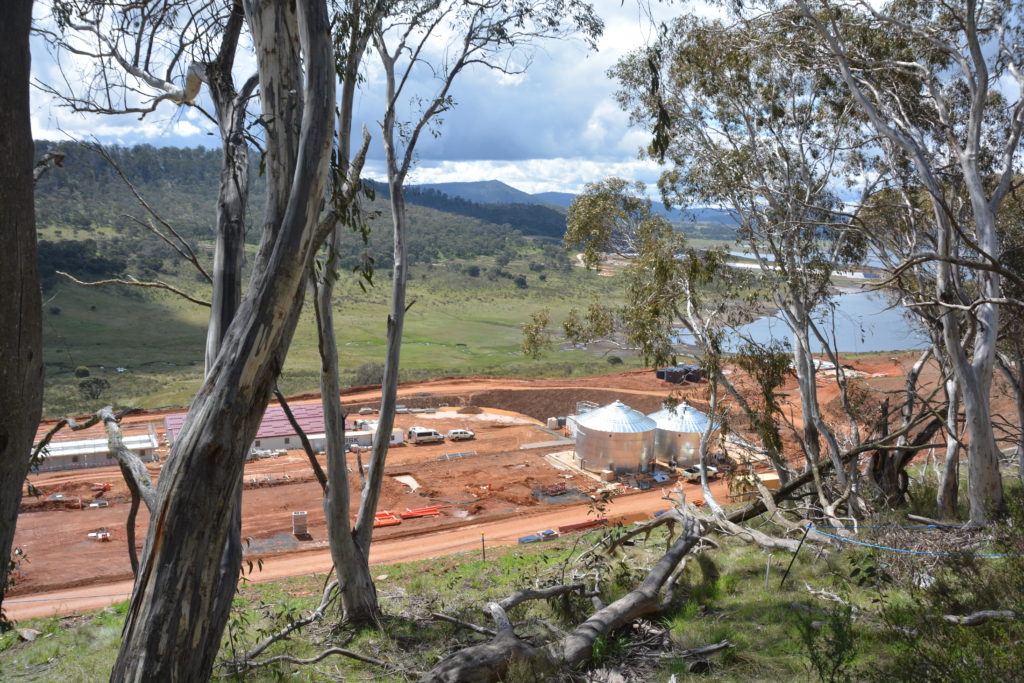
Brumbies, or wild horses, are an iconic part of the Australian high country and roam freely across this vast open alpine terrain. Brumbies are also a point of high contention, and political conflict, for many Australians on the eastern seaboard. They are either a wonderful and beautiful part of the history of the high country, roaming free and wild, much like the land never tamed. Or they are vastly over-populated in this fragile environment, trampling water sources, causing degradation of the sensitive ecosystem, damaging property, running amok. The government swings between managing their numbers in a humane fashion and allowing them to run at will. The debate goes on and on.
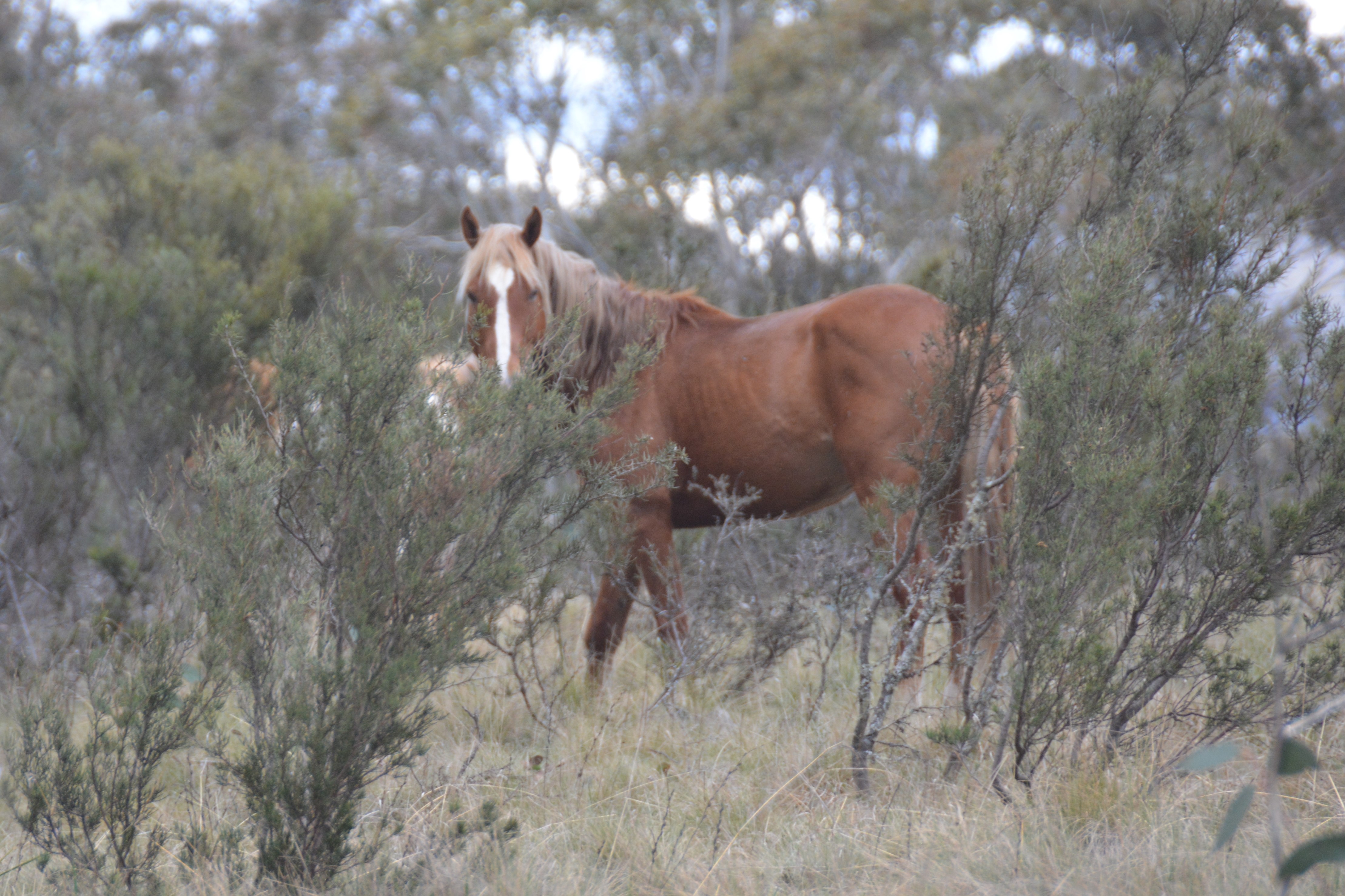
Regardless of your perspective, seeing these wonderful creatures in the wild is a beautiful thing, notwithstanding their deep trails that crisscross the land and the enormous piles of manure which they create as a collective herd. We were visited in our camp early in the morning by a herd of noisy brumbies and four of them in particular took an interest in our nearby fire ring, pawing it with their hooves, sniffing, licking and even chewing the leftover coals and ash. We unzipped a window and laid in our bed, watching them up close for ages, enjoying the special moment. One of them stayed with us all morning, eating grass almost at our feet, sniffing around the truck, bordering on making a nuisance of himself. We loved it.
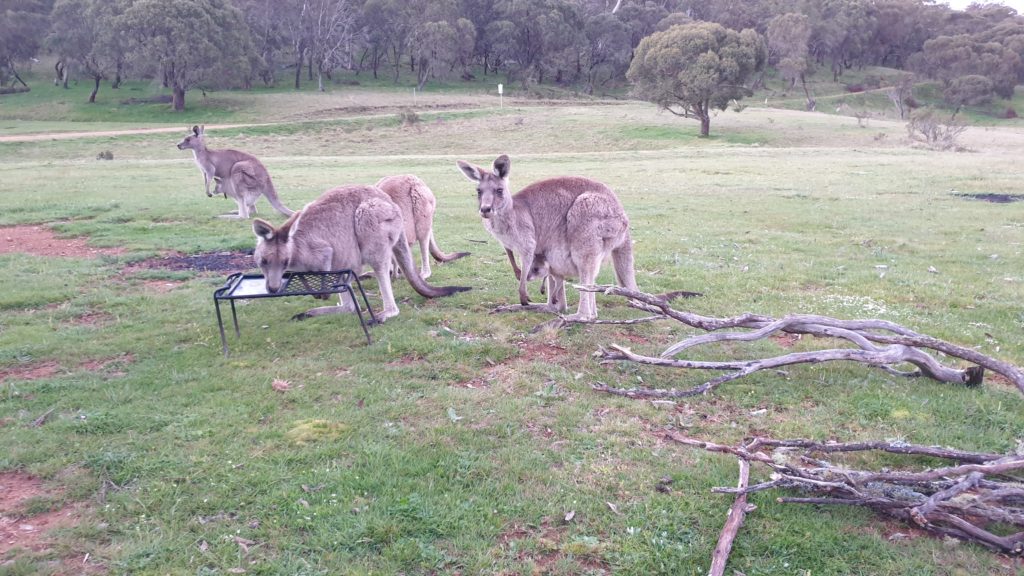
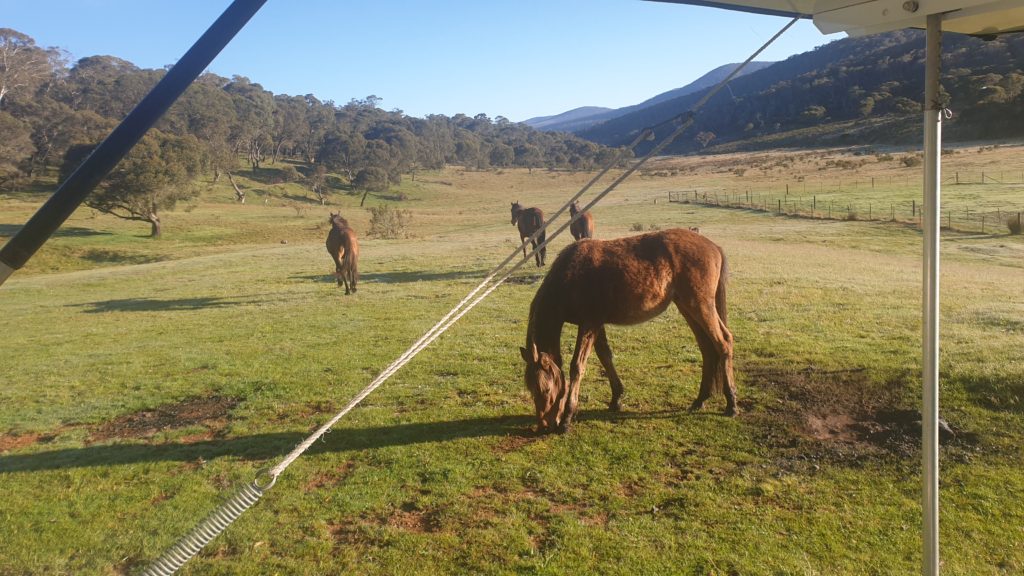
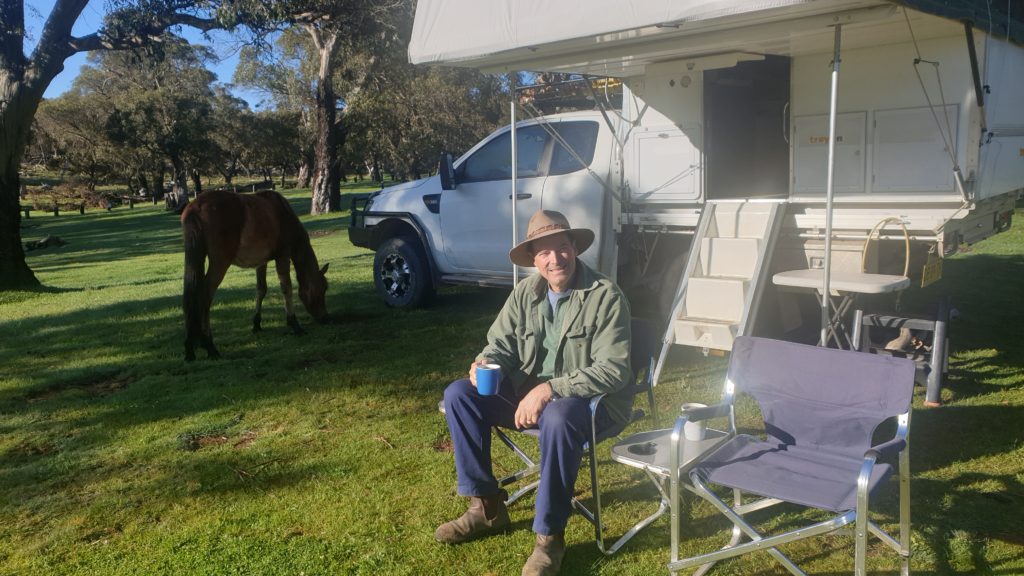
The next day we headed for the historic Curango Homestead, first built in 1830 but maintained as a remote home for graziers who ran their sheep and cattle in the open plains during the summer months. The homestead was continuously used until it was incorporated in the national park in the 1970’s and now provides basic accommodation for visitors who want to get a taste for the unique life of homesteaders in these extremely remote and challenging places.
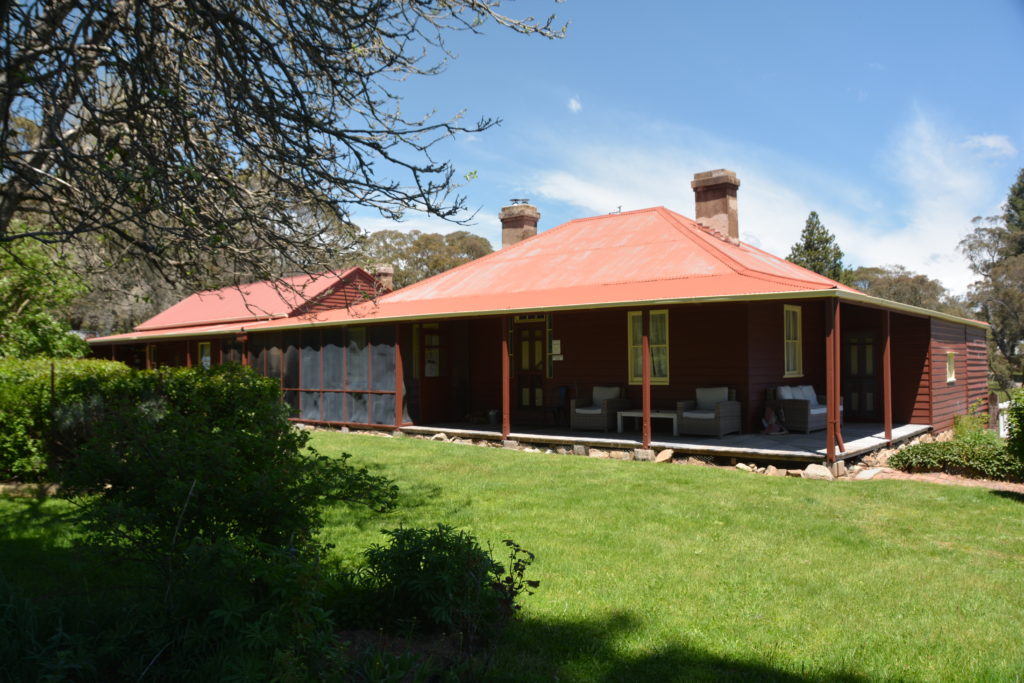
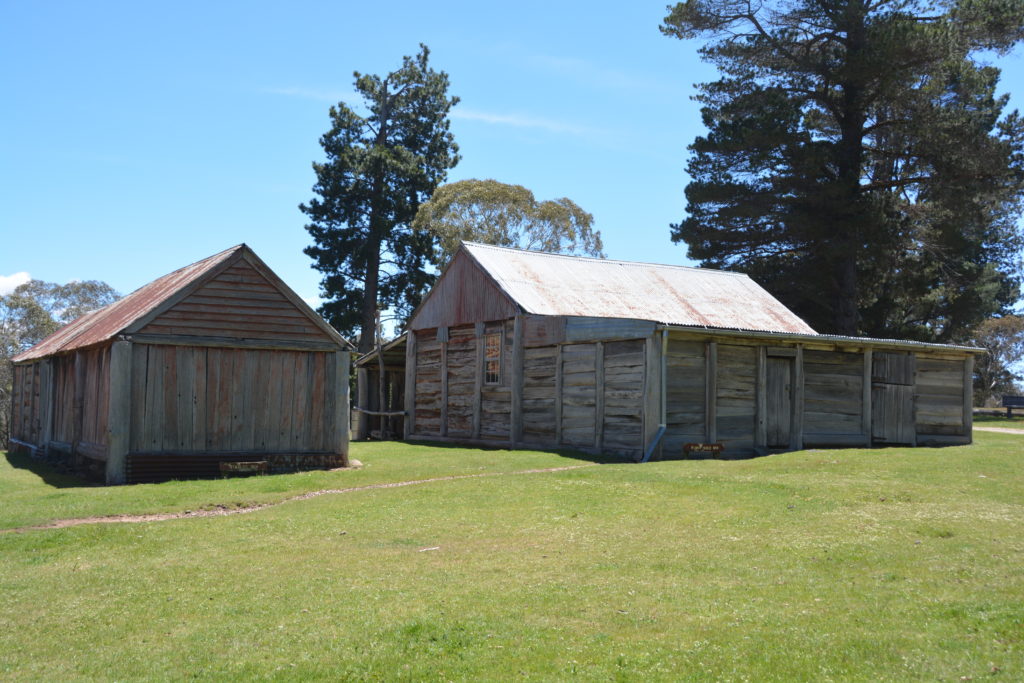
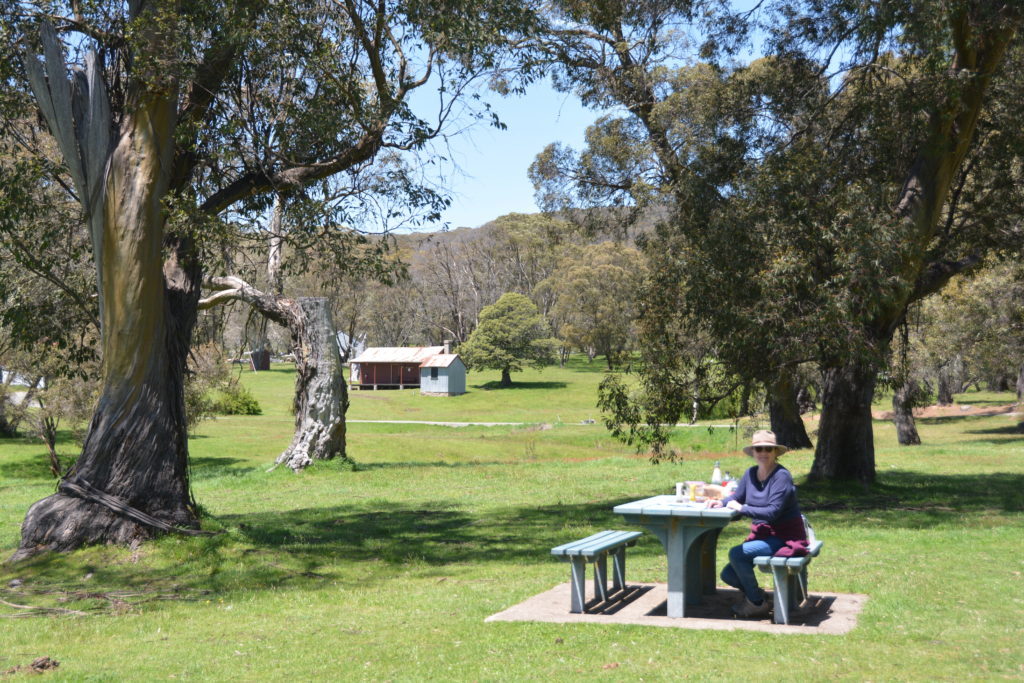
We then followed a series of bush tracks through the national park, crossing the causeway on the upper reaches of the Tantangara Reservoir, across beautiful rolling hills splattered with snow gums and black sallee gums, along Long Plains Road, across the delightfully-named Murrumbidgee River near it’s source to Blue Waterhole. This is the end of the road for people exploring the north-eastern stretches of the park and provides access to some true hidden gems.
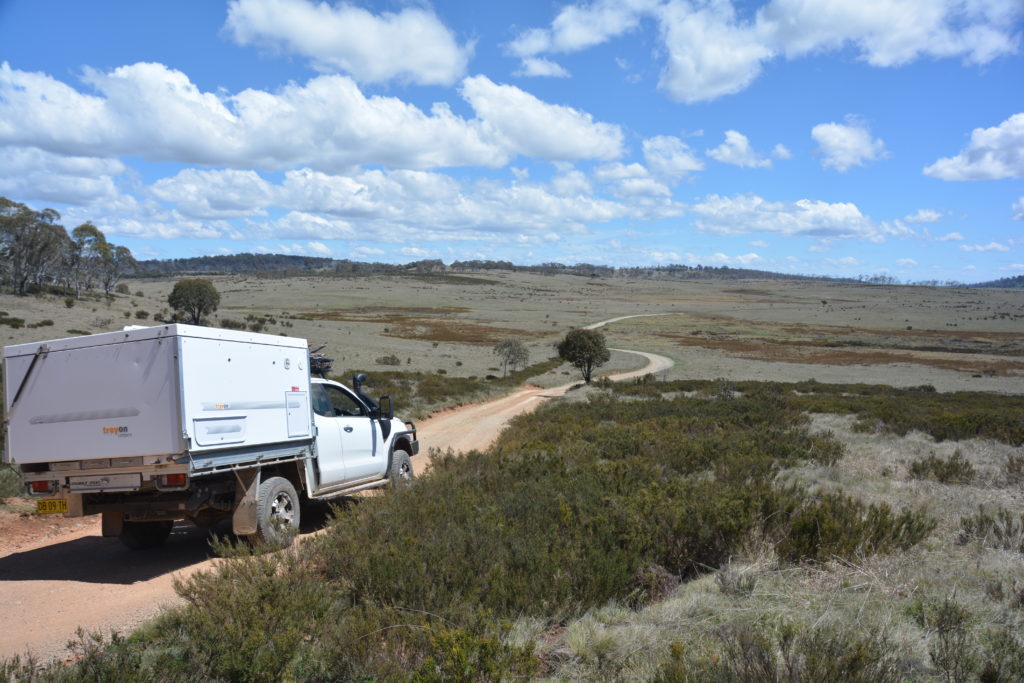
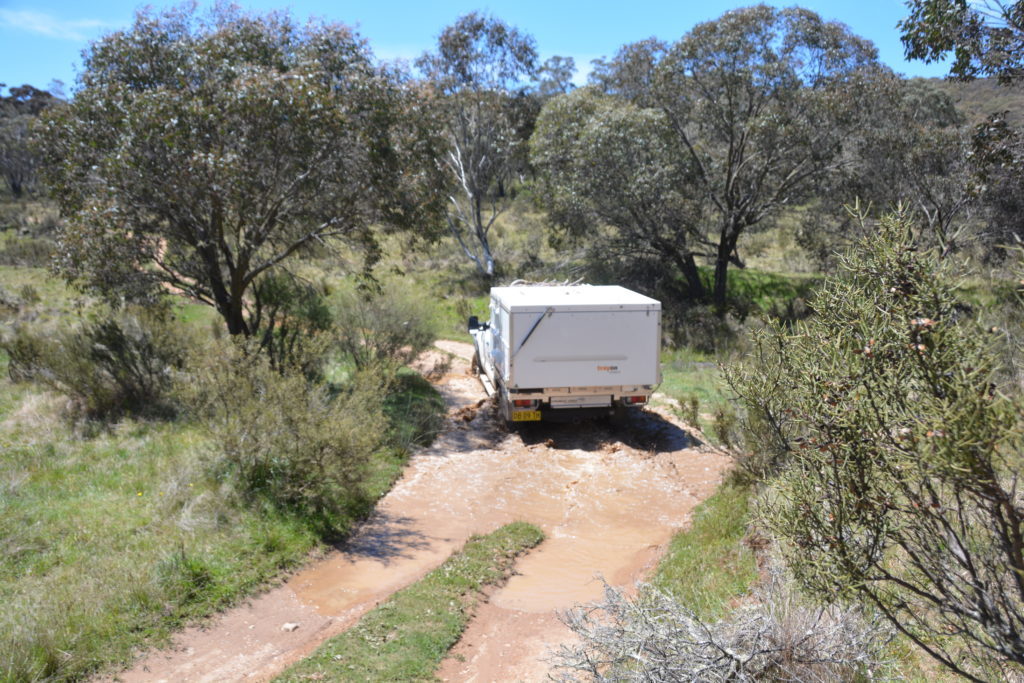
The limestone karst mountains of this region features deep gorges, numerous long cave systems and beautiful mountain streams that often disappear below the surface through the myriad cracks and crevasses of the limestone before re-emerging further downstream. Two walks in this area were high on our list and the last time we had been here we were turned back by foul weather – this time we were determined to check both of them out.
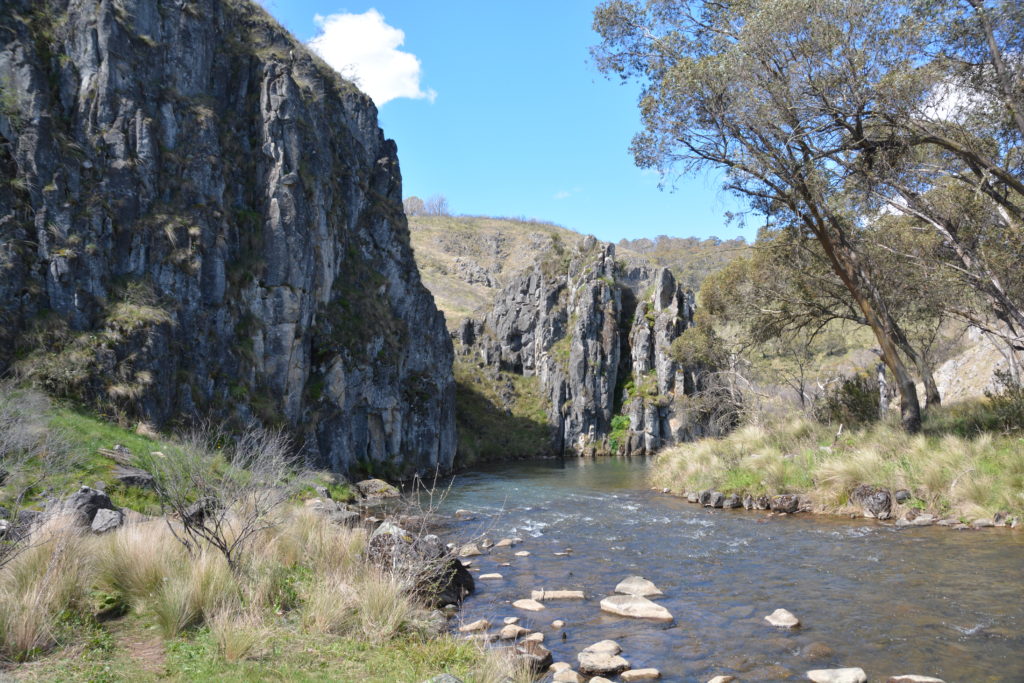
The Clarke Gorge is a 4.2 km return walk following Cave Creek through the high limestone rock walls that were formed eons ago and finishes at a dramatic waterfall. The scenery is stunning, that’s for sure, but the walk features seven river crossings in each direction which for us meant walking across calf and knee-high rushing water across slippery rocks in our shoes, using Julie’s walking poles to safely make each crossing. Great fun.
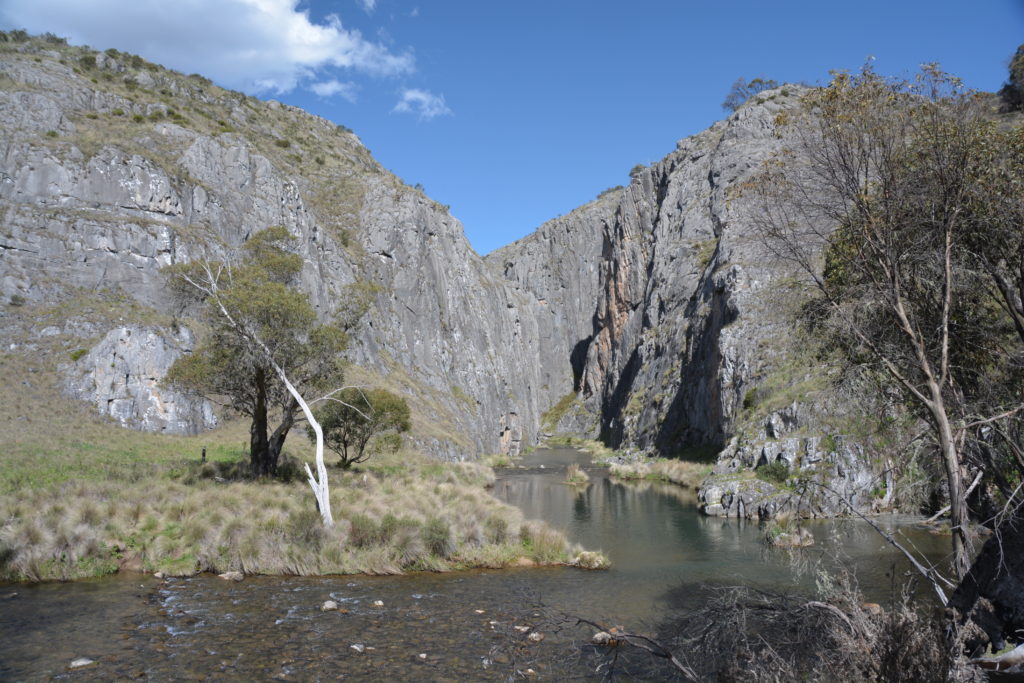
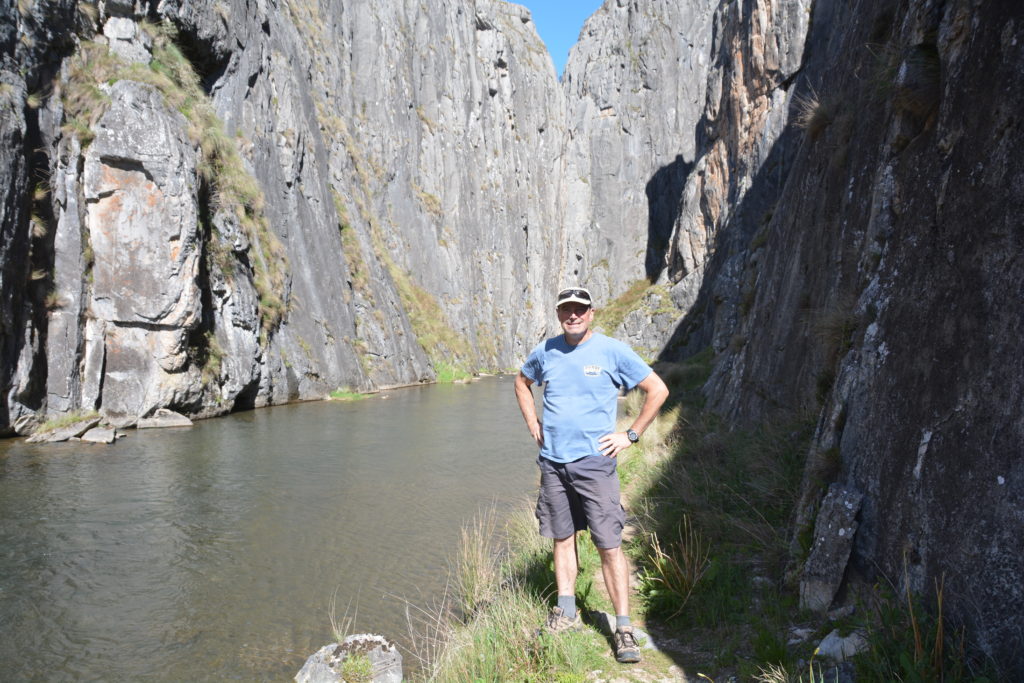
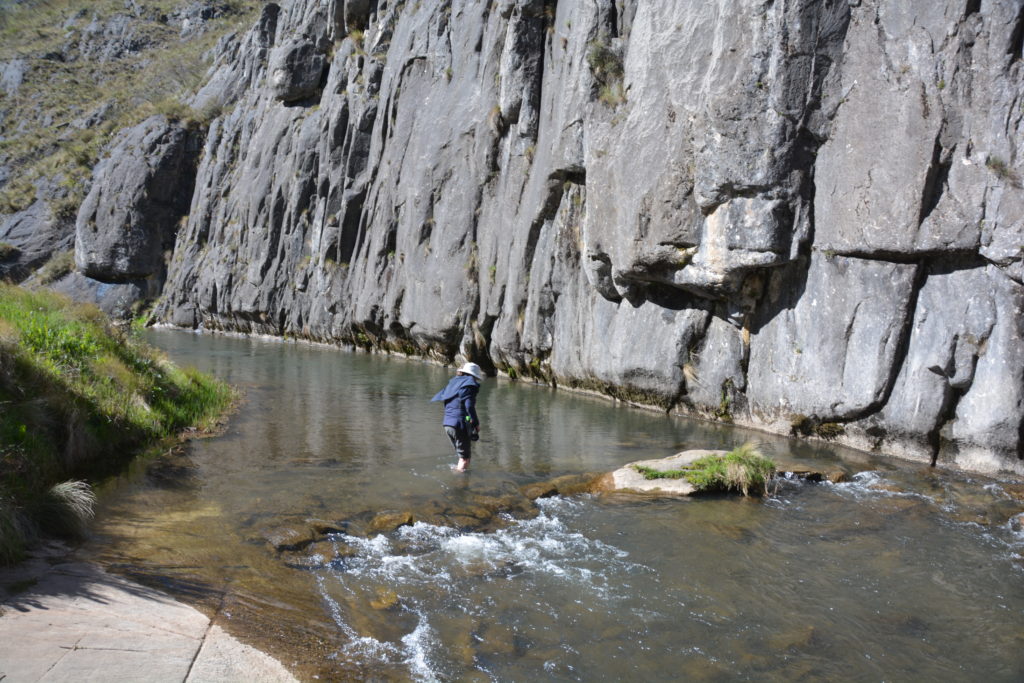
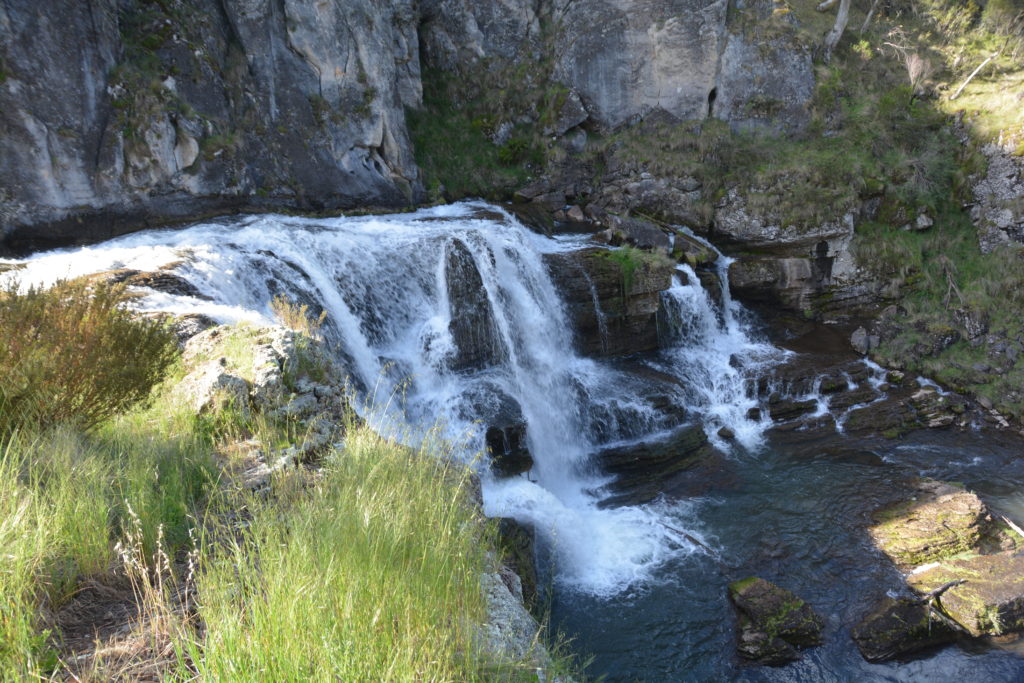
Following a great night around the fire and a perfect hey diddle diddle moon we woke to a steady drizzle and grey overcast skies. Never mind, we were determined to do the next walk, a 7 km circuit through Nichol’s Gorge. This walk involved less water crossings but equally stunning scenery, including two deep caves that we ventured in only as far as natural light would permit. The limestone karst walls, the fields of button grass and the beautiful stillness of this remote scene was just magic.
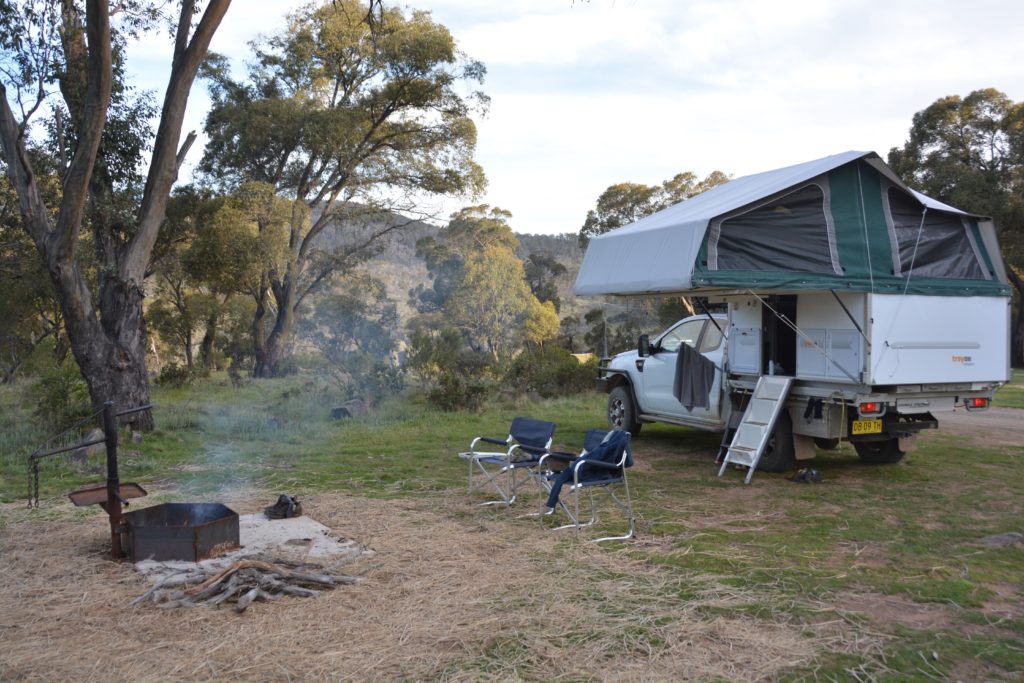
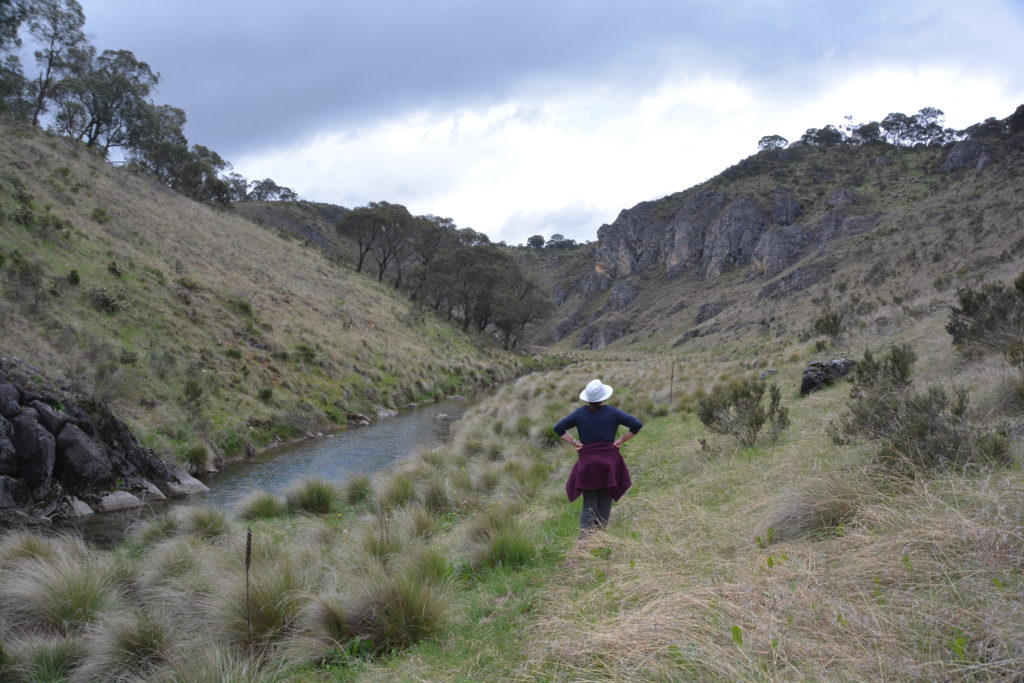
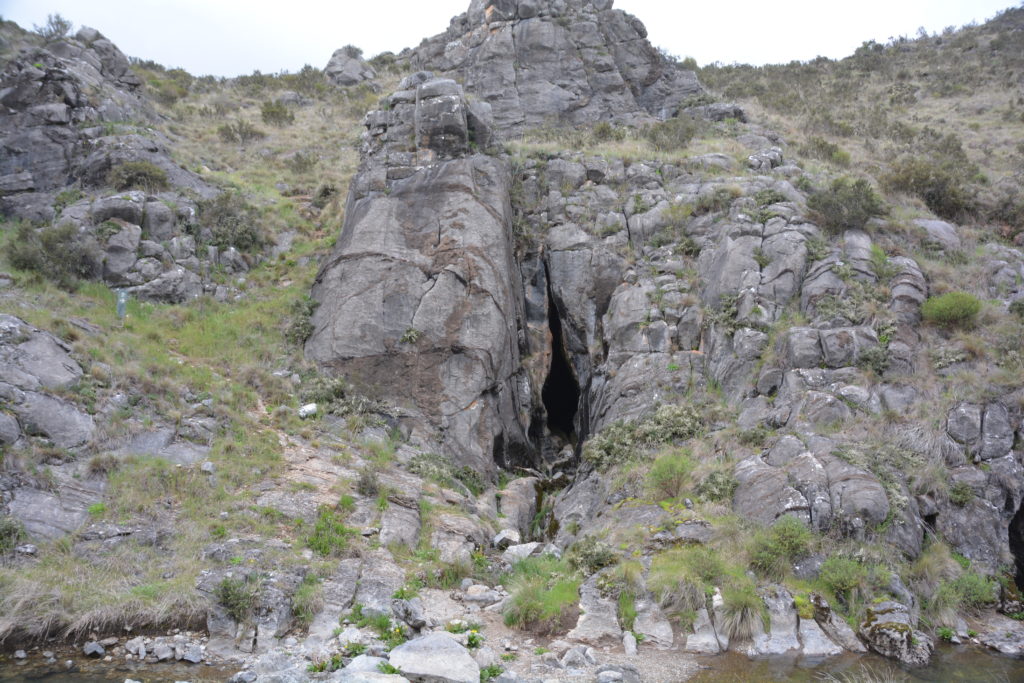
The walk finished by climbing up onto the open grassy plain where Brumbies roamed, wild flowers flourished and Australia’s natural high country bush was at its finest.
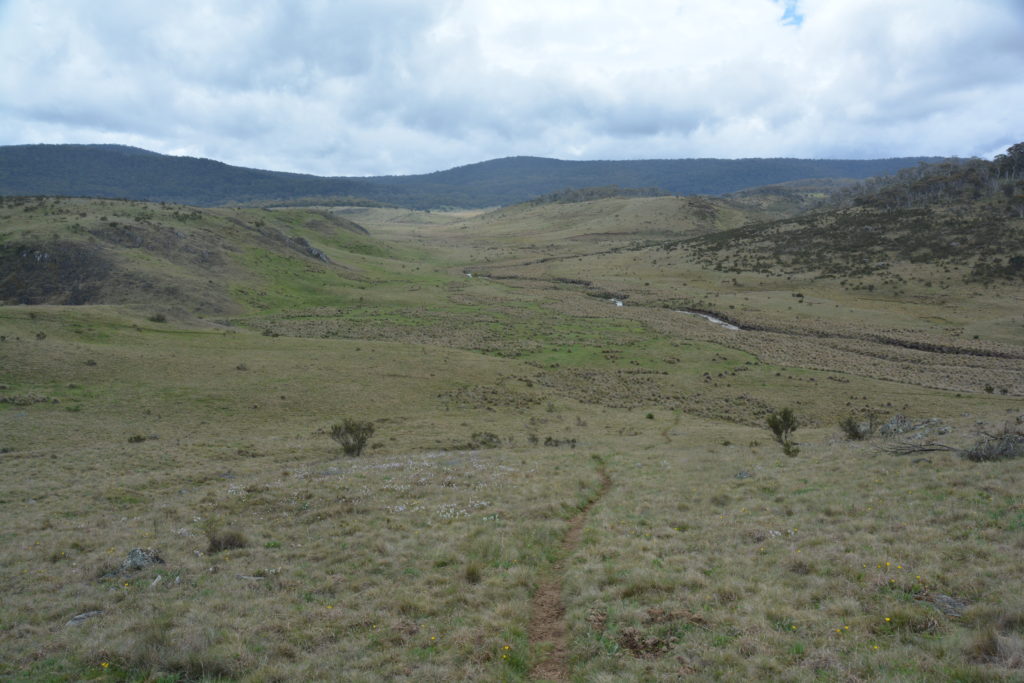
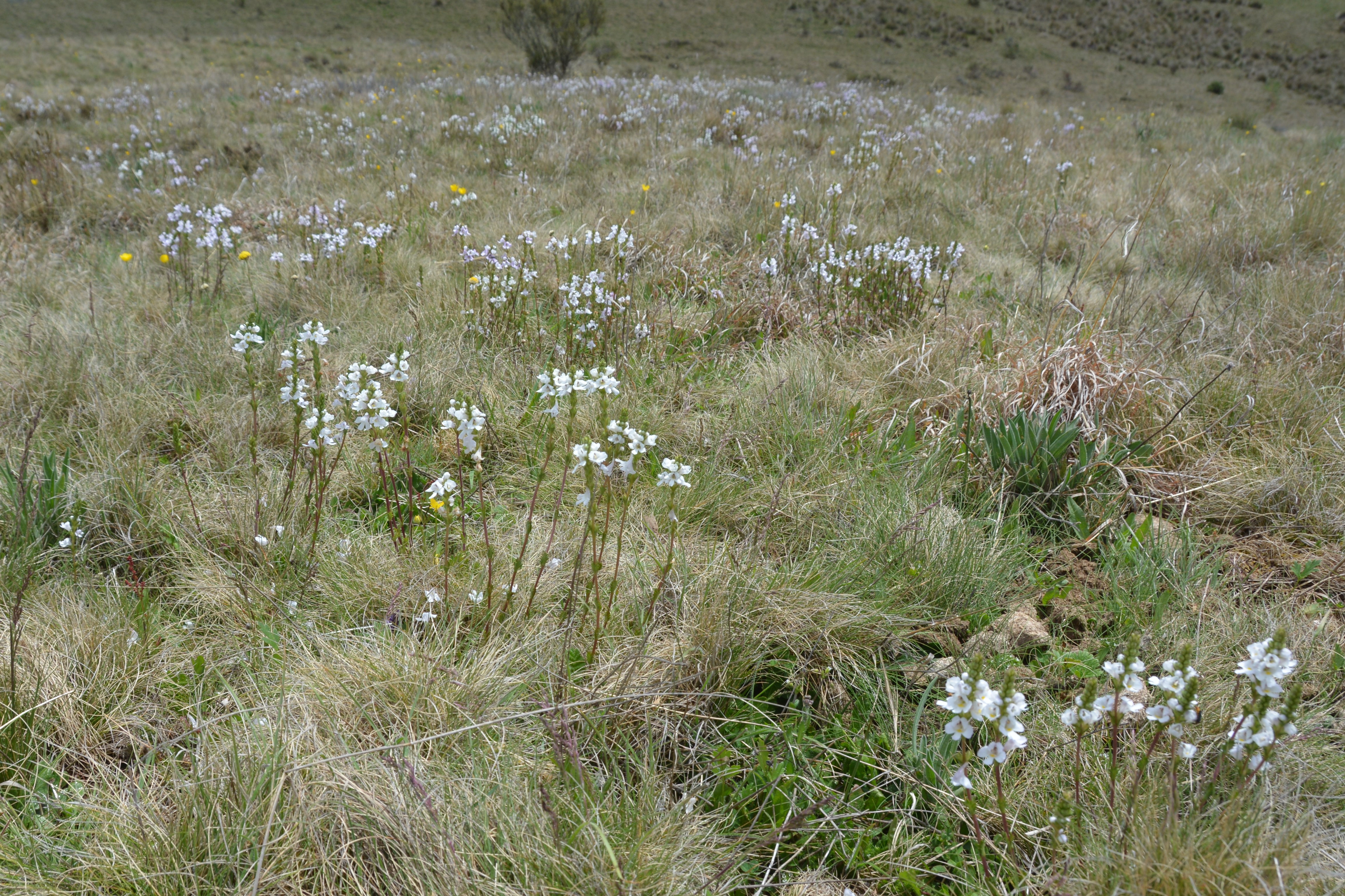
These northern stretches of the park are much different to the more popular southern sections. Down south the main features of the park are the high peaks, the ski resorts and the extensive walking trails. But in the less-visited north the landscape features more open rolling hills, roaming herds of brumbies and peaceful solitude. Just as we like it.
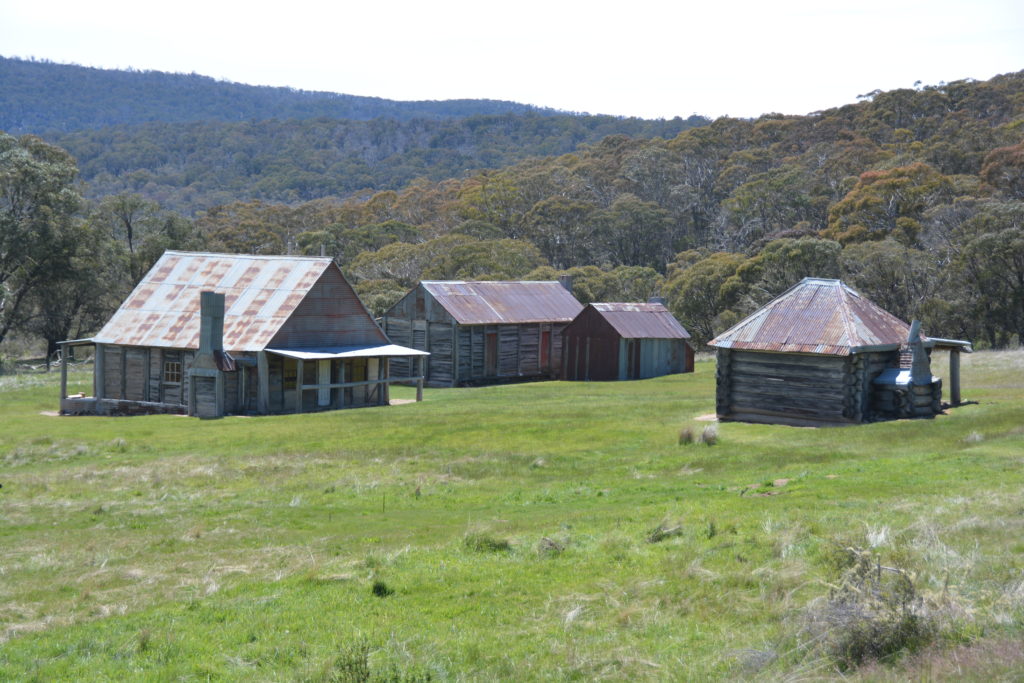
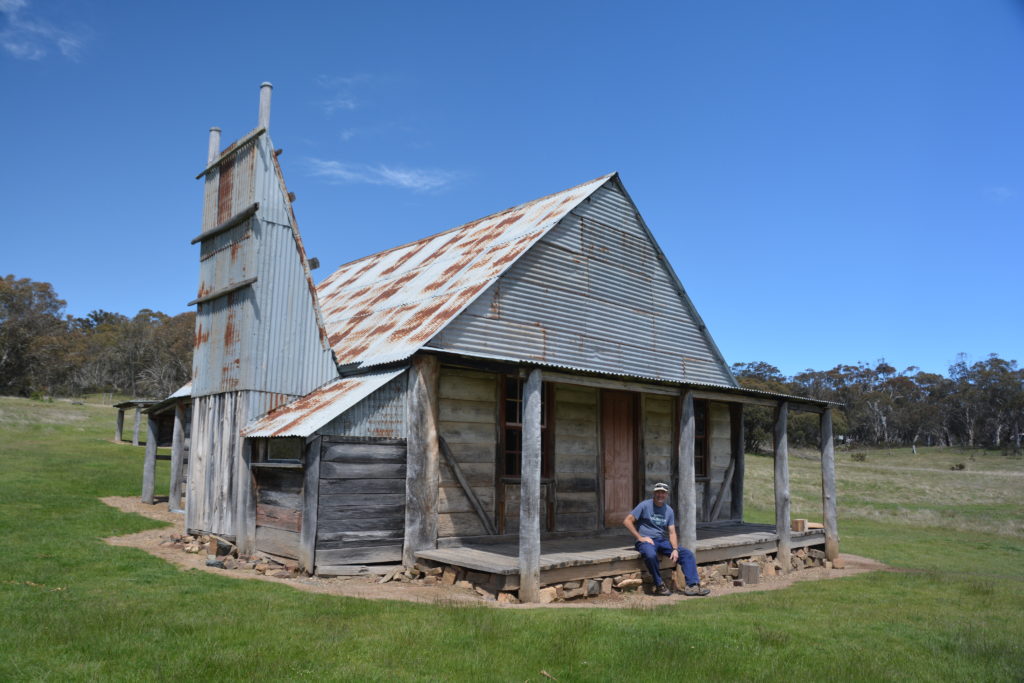
Our skills as grandparents were being called on again this weekend but we had enough time to head further north on a rarely used track that eventually pops out of the park at a place called Brindabella. It was a beautiful drive, across rolling hills splattered with gums, kangaroos and brumbies everywhere, skies blazing blue.
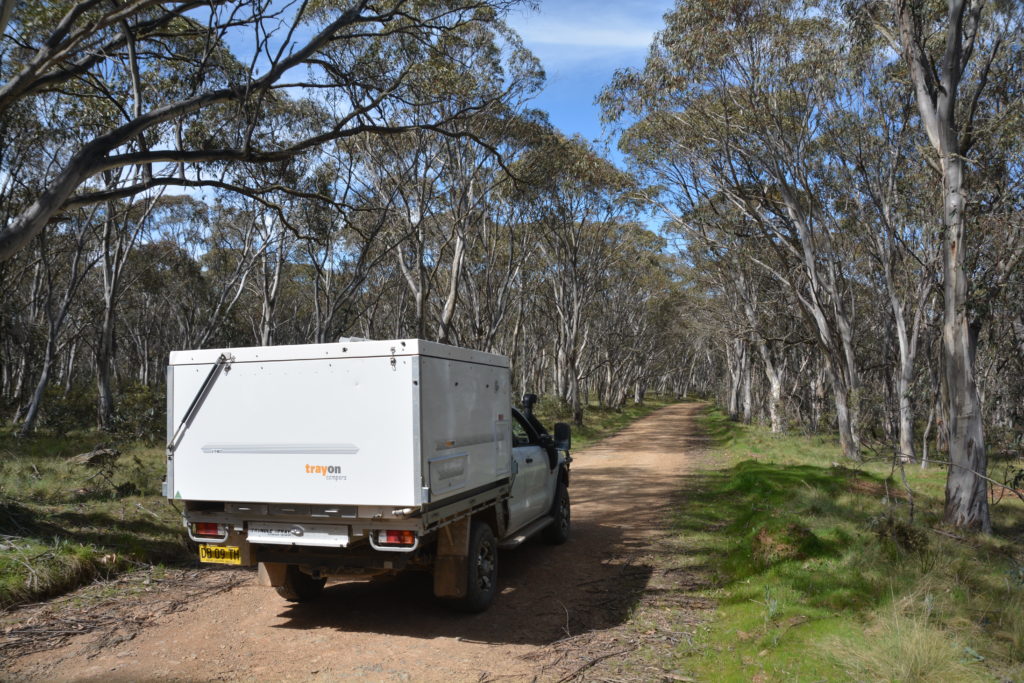
But a spring near the side of the road had spilled water down the track and a few other drivers had created some deep ruts and holes. Wanda didn’t see any of these problems coming and was suddenly bogged up to her axles in deep gooey mud. Oh no.
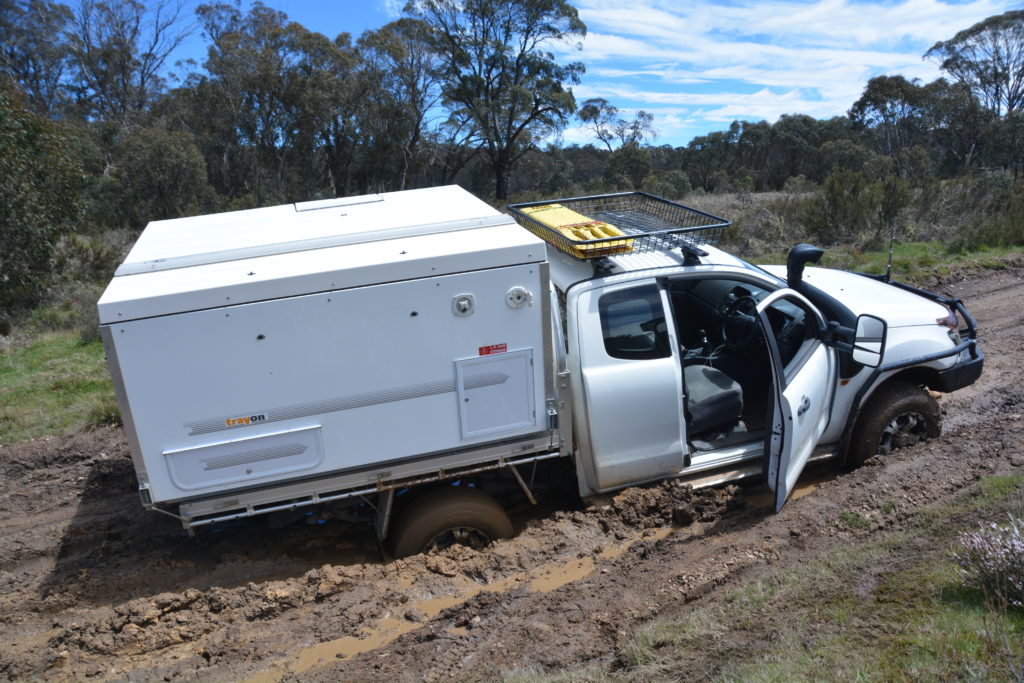
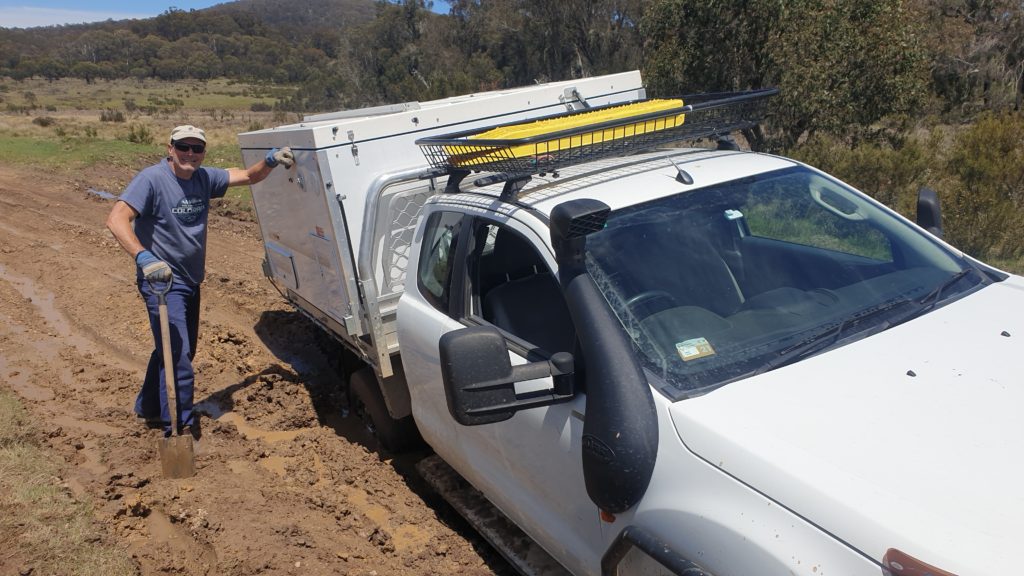
The shovel, mud tracks and an hour of hard work barely moved our four-wheel friend and it was looking like a long muddy afternoon of digging her out. Thankfully a fellow off-roader came up to us and was able to winch Wanda out of her muddy embrace. It was an unexpected and inglorious – but still sort of a fun – end to a fabulous five days in Kosciusko’s high country and we took the hint and headed back to civilisation and family. For Wanda, Julie and I it was fantastic to be back on the road again and we looked forward to our next adventure which was just around the corner.
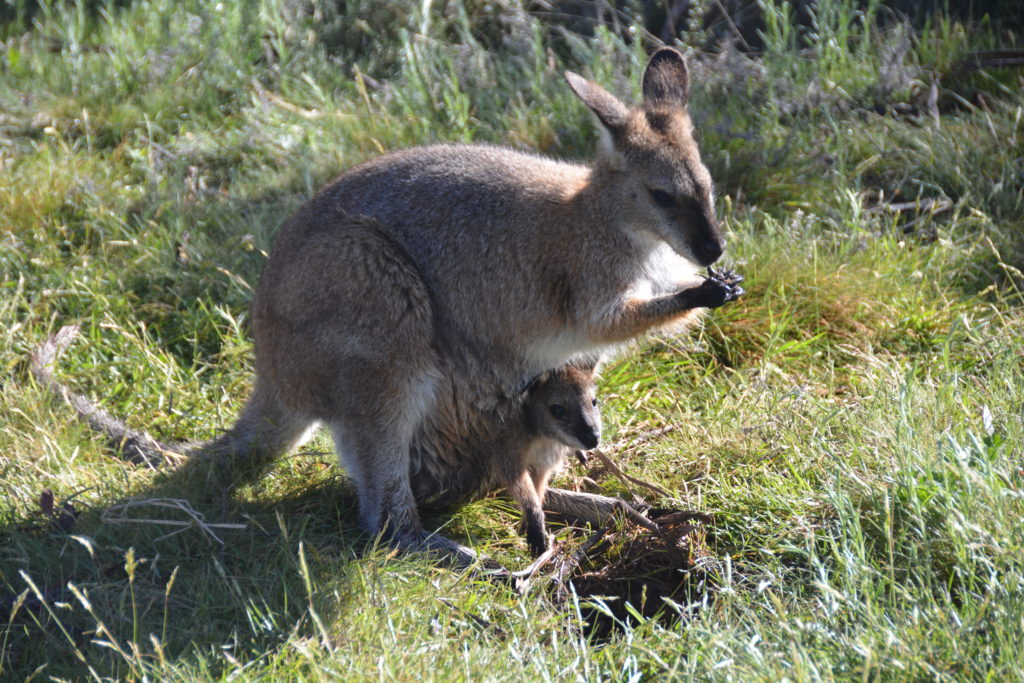

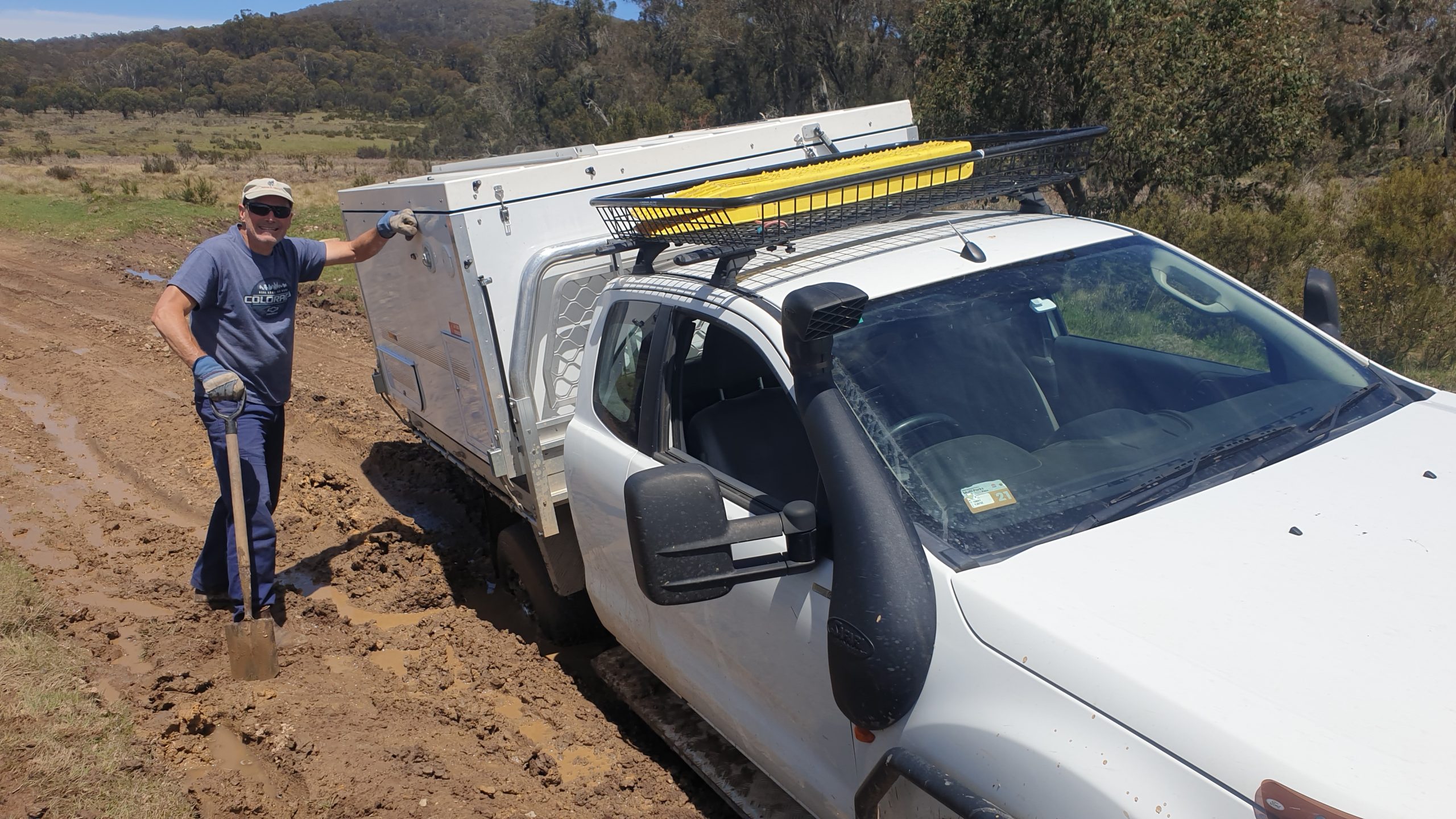
I love seeing our country through your camera lens, and your fantastic descriptions leave nothing to the imagination and everything to be enjoyed. Keep on travelling
xoxo
Thank you Anne, that’s very kind. Of all the places we’ve visited around the world Australia is our favourite travel destination. Just as well!